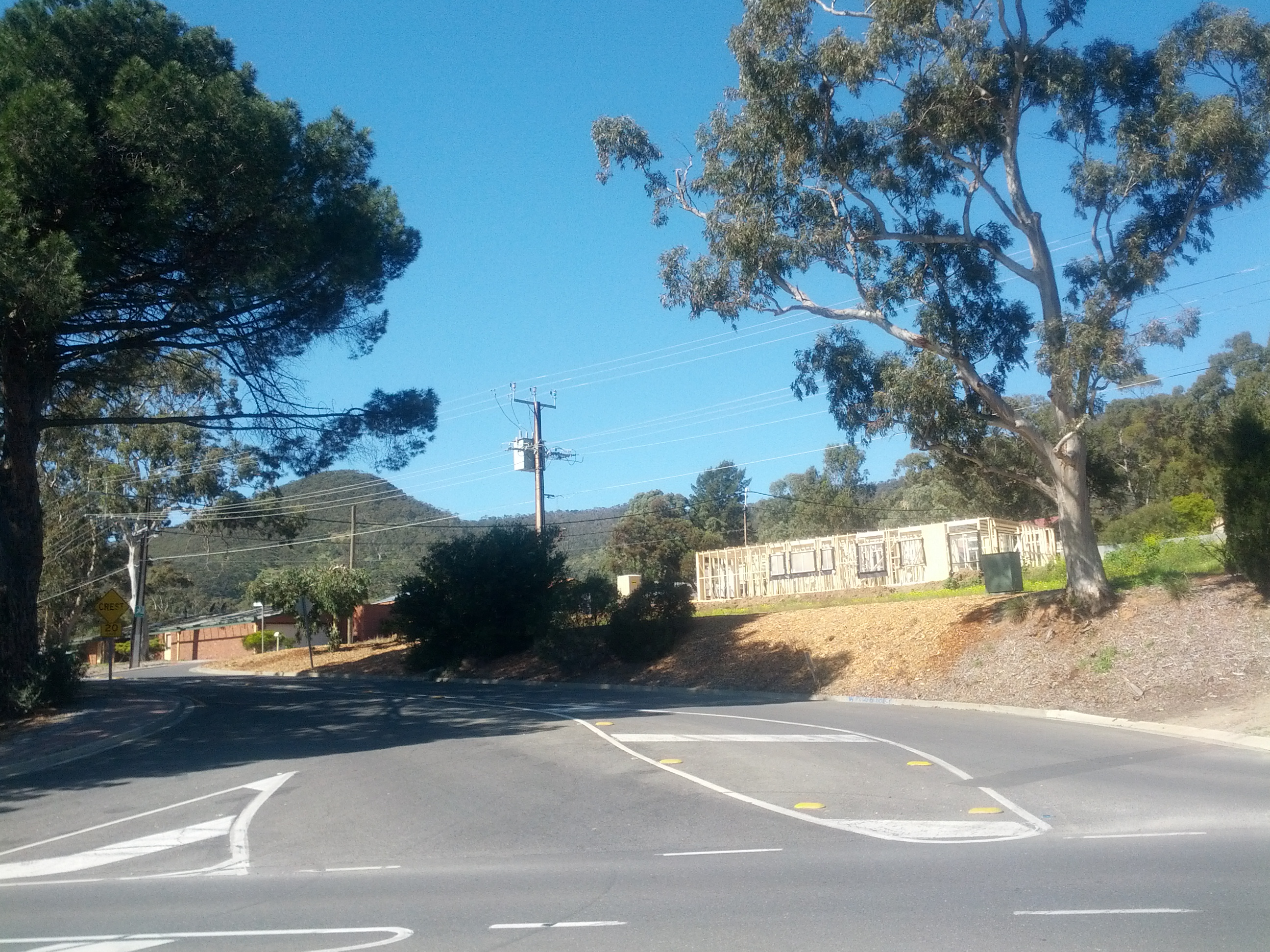Last week I discussed how pacing was one of the key recommendations from the International ME/CFS Primer for Clinical Practitioners. As has happened in the past I left my doctors appointment frustrated at the lack of understanding that medical practitioners here in Australia have about ME/CFS and treatment techniques. When I brought up the topic of Pacing, it was clear that my definition and my GP’s definition were not the same, and I struggled with trying to explain what I meant by pacing.
To my GP (who has a background in Exercise Physiology/treatment), pacing means the same thing as Graded Exercise Therapy (GET). This means that he believes it isn’t about me pacing myself so much as me following what others (my exercise physiologist) tells me know matter how I’m feeling at the time. This technique works for those suffering from depression or other physical injuries, possibly even for Fibromyalgia, but it does not work that way in ME/CFS. Due to physiological differences, people who suffer from ME/CFS react differently to exercise and pushing when feeling bad can lead to crashes and irrevocable damage to their systems (not in all situations but it is possible).
The other thing that came up in my doctors appointment that makes me feel a little frustrated was that his idea of how I can tell when I most likely will be better was based on the time frames of the pacing/GET. Based on how often we’ve currently been increasing my exercise levels, it’s still going to be a few years before I’m anywhere near better (10% increases have been occurring every 2-3 months). This doesn’t help me with feeling like my life is actually moving forward. I feel like all my goals (in particular starting to try for a family) are just on hold and won’t be achievable at the current rate of recovery given that E believes (and to some extent I agree) that I need to be healthy again before we start trying and we’re not getting any younger.
Luckily my Exercise Physiologist at the University Clinic seems to be slightly more up to date with what treatments affect our system and has told me to do what I can when I can. If I can only do a little bit just do that and don’t push myself too far.
So, after pushing myself too far over the last few weeks, I’m back at the point of identifying my current base line so that I can re-initiate some form of pacing and routine in my daily life.
By having a better understanding of where I’m at I’ll feel more confident about saying ‘NO’ to things that are going to push me too far past my current limits and will feel slightly more in control of my life (to what extent I can be) – At the moment I feel like I’ve completely lost control and don’t really know where I’m heading.
As of last Friday, I’m once again paying close attention to what I’m doing, how my body is feeling and what I still have to do. I’ve given myself permission to take things extra slowly while I reestablish my base line and I will then (very slowly) build up from there. I am also trying to reestablish my morning, lunch and evening routines to help me stay on track.
What are my routines?
Morning Routine
- Up by 8 am (lately it’s been 8:30 – 9:30 before I’m out of bed)
- Journal
- Shower and dress
- Breakfast
- Sort animals (including sweeping floor)
- rest
- Yoga (and on Tuesday, Thursday and Saturday my Exercise Physiologist workout)
- meditation
- blog/read/write/draw (MENTAL ACTIVITY)
Lunch Routine
- lunch at 12-12:30pm
- walk or bike ride (I’ve been taking photos of the nature around us (see gallery below for some) – it’s been such nice weather lately)
- rest/meditation
Evening Routine
- All electronic devices off by 8:30pm (including TV, phone, computer)
- Bath/Shower
- Read
- Meditation
Although I feel extremely guilty about having 2 baths/showers a day I’ve found it’s an essential part of my pain management strategy. When I skip one of them my pain levels increase by quite a bit. To alleviate my guilt a little I am trying to bucket out bath water whenever I have the energy to do it so that the water is reused to water the garden.
In between these routines I fit in any other activities that need doing such as appointments and my housework. Most days the morning routine takes me all the way to lunch time by the time I add rests in between short sessions of the last activity.
On Wednesdays I tend to have doctors appointments in the morning (and sometimes the afternoon as well) which replaces my mental activity and usually means the rest of the day is just resting.
How do I plan on Pacing?
Pacing appears to be key, both to managing my pain levels (from the Fibromyalgia and Pelvic Congestion Syndrome) and my energy levels so as to avoid or minimise crash days.
Over the last few months my number of crash days (where I can’t do much at all – I may push myself to do my exercises or some housework/an appointment – and spend most the day on the couch resting) have increased dramatically again. I thought it was as a result of increasing my Lyrica dose, but as I’m coming off that (I have a week to go) I’ve realised that even though that has played a small part I’ve also just been doing way to much and missing my rest breaks because of how foggy I’ve been lately. The Lyrica also seemed to have been blocking my tell tale signs that I’ve done too much, such as my sore throat and the slight increase in pain levels.
I am going to be pacing in two different ways:
- Over a week or longer period I will be making sure my appointments and social events are spaced out enough that I have time to rest in between them. This will mean learning to say no to some events and learning to prioritise what is most important.
- Throughout each day I will be listening to my body and adjusting what I do according to my symptoms. I will try to alternate physical and mental activities, as well as making sure I have rest breaks whenever my throat begins to get sore or my pain levels begin to rise (I’d like to do it before symptoms occur but I don’t want to go to the extreme of saying I’m going to do everything in 15-30 minute blocks – this would be the next step if I’m not able to pace myself based on listening to my body).
How do you pace yourself and do you have routines to make sure you manage to do the most important things?




